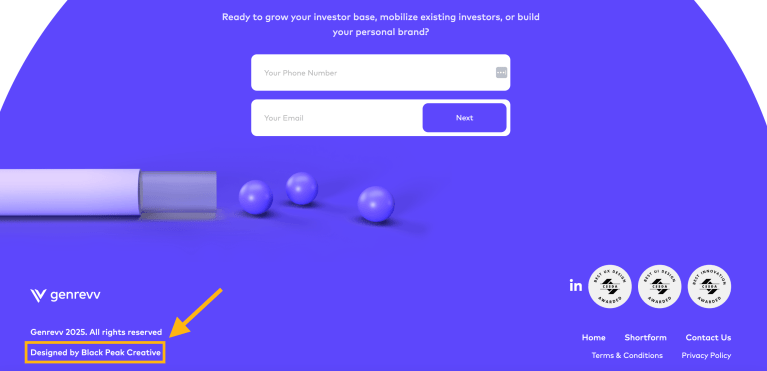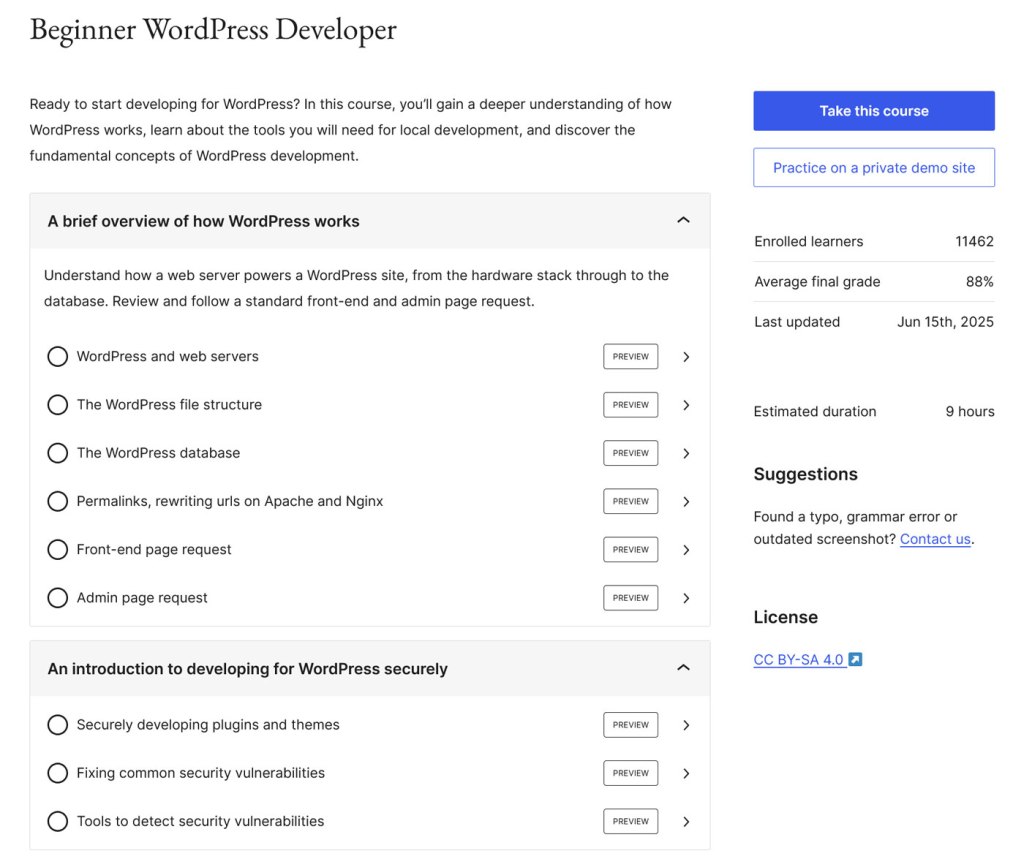Unlock the Secret Formula to Building a Stunning Portfolio Website in Just Three Easy Steps!
- Homepage: This is the first place someone lands on when they type your domain or discover your portfolio site. Your home page should briefly introduce who you are and explain what you do. It should also have call-to-actions — like “see my work” or “contact me” — to help potential clients navigate your website. Learn how to set your homepage.
- About page: This is where someone can go to learn more about you. Use this place to share your professional experience and sprinkle in some personality. The goal is to make someone connect with the person behind the website.
- Contact page: You can have a dedicated contact page or embed a contact form on your site on various pages. Make it easy for people to reach you — include your email address, social media links, and a contact form. If you’re comfortable, you can also include your phone number.
- Resume page (if applicable): If you need it, you can also include a resume page where people can view and download your resume. Learn how to upload documents and use the File block to make your resume downloadable.
- Portfolio page: This is the core of your site, where you show the work you selected in step one. WordPress.com has a dedicated portfolio function to showcase your work. Learn how to use it on your site. There are also portfolio plugins to help you organize your work in different ways.
The above are the essential pages you should have on your portfolio website, but don’t be afraid to get creative and add more pages if you need them. For example, if you’re planning to add blog posts that show your expertise, you can add a separate page for them on your site.













Post Comment